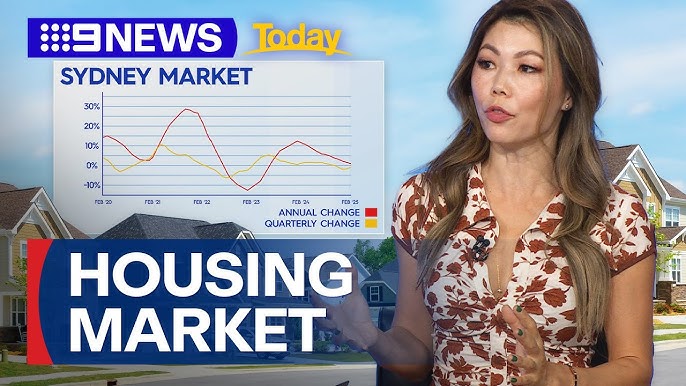PHOTO: NZ housing
Norman Gemmell, Te Herenga Waka — Victoria University of Wellington
Economists like to talk about “optimal policy instruments” — essentially, policies that achieve their objectives more effectively or efficiently than the alternatives, and have minimal unintended consequences.
Judged by those criteria, the New Zealand government’s recently announced package of housing policy instruments is a long way from optimal. You might even call it a shambles.
How so? To the uninformed, the package’s main elements may seem to address the housing affordability crisis by doing several things:
-
- removing tax deductibility of interest on loans for residential property investments
-
- extending the bright-line test — the period after which the property sale attracts a capital gains tax (CGT) liability — from five to ten years
-
- favouring new builds in these tax changes
-
- introducing a “changes of use” rule that effectively makes family homes liable to CGT if sold within ten years and rented out for more than one year
-
-
and raising income and house price caps for the government’s First Home Grant scheme.
-
If we examine the package in light of the three optimal policy requirements, however, we can see the problems.
Achieving the policy’s objective
Economists have a policy “rule” that to achieve various policy objectives, you need at least as many policy instruments. The housing package is a hodgepodge of inter-related measures, but it has several explicit objectives:
-
- stabilising house prices
-
- facilitating home ownership
-
- discouraging (ill-defined) speculative investment
-
- increasing the housing stock with mainly (undefined) “affordable homes”
-
- closing what the government claims is a housing “tax loophole”.
WE DON’T ROAST OUR BEANS UNTIL WE HAVE YOUR ORDER
To these, add implicit objectives of tackling perceived income and wealth inequalities between tenants, landlords and homeowners.
Overall, this is quite a task, and it would be remarkable if any set of housing policies could achieve such wide-ranging objectives.
Arguably, the primary target of this policy package is stopping the inexorable upward march of (mainly Auckland) house prices. Failing to achieve that would simply put it among a long line of attempts by previous governments (National and Labour) over the past 20 years at least.
In all cases, the biggest problem has been insufficient political commitment to boosting housing supply.
MOST POPULAR
 Real Estate firm owner electoral donations – National Party failed to declare
Real Estate firm owner electoral donations – National Party failed to declare RBNZ Survey: 69% Of Experts Predict Rents Will Rise Under New Housing Policies
RBNZ Survey: 69% Of Experts Predict Rents Will Rise Under New Housing Policies Abandoned land for sale
Abandoned land for sale Dude, where’s my house? | WATCH
Dude, where’s my house? | WATCH What you need to know when choosing a real estate agent in a red hot property market | WATCH
What you need to know when choosing a real estate agent in a red hot property market | WATCH Grand Designs New Zealand | Medieval Castle – WATCH
Grand Designs New Zealand | Medieval Castle – WATCH The house that Instagram built! Tammy Hembrow, 26, purchases a Gold Coast waterfront mansion
The house that Instagram built! Tammy Hembrow, 26, purchases a Gold Coast waterfront mansion MYSTERY: 10 years on – who killed realtor Ashley Okland while at an Open Home? | U.S.
MYSTERY: 10 years on – who killed realtor Ashley Okland while at an Open Home? | U.S. Hutt Valley High School Principal ‘beyond angry’ as classrooms closed due to mould, students sent home
Hutt Valley High School Principal ‘beyond angry’ as classrooms closed due to mould, students sent home Cracking down on cartels – including real estate agents
Cracking down on cartels – including real estate agents















